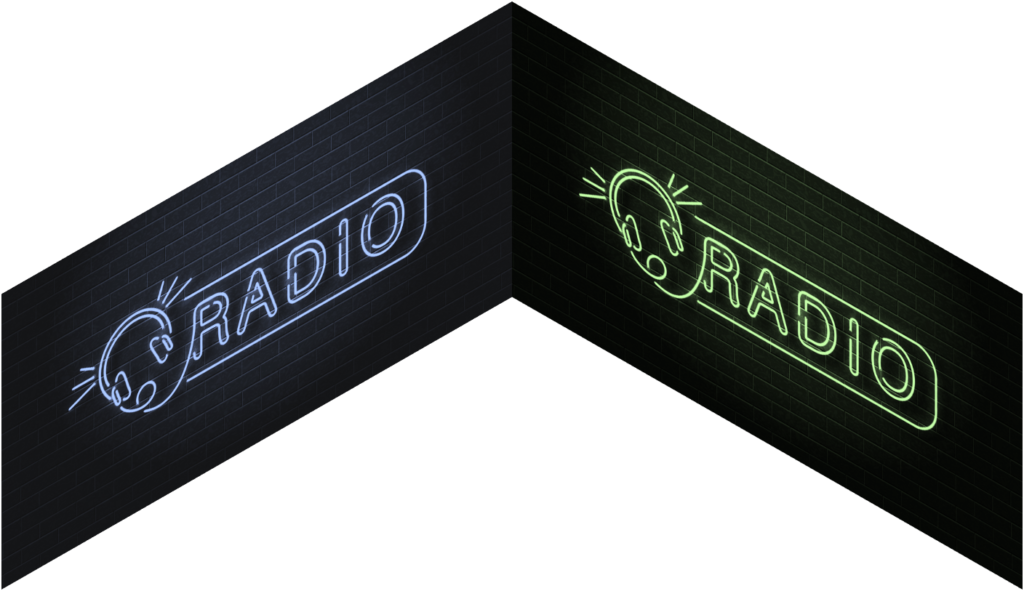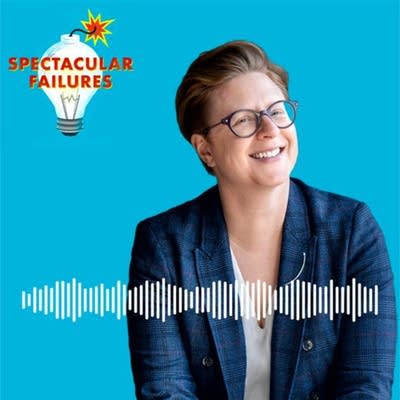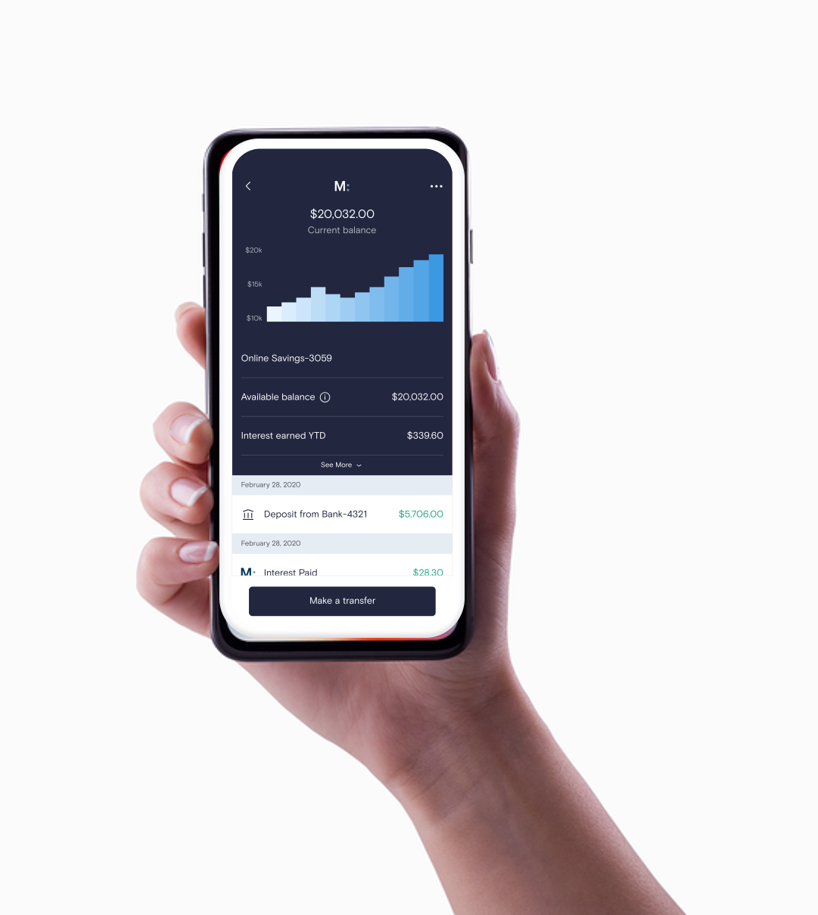
It shouldn’t be a surprise to any of us that some of the oldest, most traditional brands are having the most difficult time dealing with disruption. “Making the turn,” as I have come to call it, has a very high degree of difficulty, especially the longer a company has been around.
I listened to a great podcast the other day – “Spectacular Failures.” (Yes, right up my alley.) It deals with businesses and brands that have gone belly up, failed, screwed up, or otherwise missed the moment. Hosted by Lauren Ober, it’s a powerful series that is highly instructive for brands, companies, and entire industries trying to execute the pivot.
The episode that jumped out at me is about Kodak, and its travails defending its massively successful business model – film photography and photo  developing – in the storm of digital cameras. But as many now know, Kodak actually developed this disruptive technology, but failed to make the turn. The company finally declared bankruptcy in 2012, and Rochester, New York has never been the same.
developing – in the storm of digital cameras. But as many now know, Kodak actually developed this disruptive technology, but failed to make the turn. The company finally declared bankruptcy in 2012, and Rochester, New York has never been the same.
The harsh lessons of Kodak are the reason why so many other legacy brands are innovating, experimenting, and flat-out scrambling to figure it out.
Which brings me to the powerful Goldman Sachs situation. You’re hard-pressed to find a bigger, more influential investment bank, and one that has spawned more “graduates” who have gone on to fame and fortune in all sectors of business and politics.
“Goldman Slacks” – as it is sarcastically called – is a 150 year-old institution…that is still functioning as a 150 year-old institution.
That’s why Goldman has developed a mobile app with Marcus, its consumer bank. CNBC’s Hugh Son reports that while Goldman Sachs is also the financial institution behind Apple’s new credit card, their need is to become a force in consumer banking.
 For the first time, the app enables Goldman customers to perform basic functions – like checking account balances and set up recurring transactions. This may not sound especially cutting edge, but for Goldman, it marks a first step in mobile becoming the centerpiece of its digital banking services.
For the first time, the app enables Goldman customers to perform basic functions – like checking account balances and set up recurring transactions. This may not sound especially cutting edge, but for Goldman, it marks a first step in mobile becoming the centerpiece of its digital banking services.
The driving force behind this effort from Goldman and Marcus is Adam Dell (yes, brother of Michael). His goal? To create the leading bank, ultimately using this new app as the main interface between it and millions of consumers.
It’s a smart idea, of course, in a world where the traditional way of dealing with banks – walking into one, using the drive-thru, or finding an ATM – has changed in obvious ways. Millions of consumers have become accustomed to banking while riding a subway, eating lunch, or watching a sporting event. As a result, the storefront bank business is eroding, being replaced by web services, easily accessible on handheld mobile devices.
For those of us on the outside, we have no idea why this very basic idea has taken so long to take hold at Goldman Sachs. There may be institutional problems we can only imagine, preventing obvious tech improvements from being previously designed and implemented.
But the debut of an app that performs these simple tasks in 2020 speaks to a larger problem faced by so many storied institutional brands and legacy companies – the inability to grasp how commerce has ported from personal and desktop to mobile and to rapidly respond.
Better put, a strong presence on the desktops of millions of smartphones.
That meant – and it’s only a greater truth today – that radio apps shouldn’t just check off the mobile box – they should provide a smooth, simple experience that enables listeners to access station content on their iPhones and Android phones.
On the surface, that’s not a heavy lift. But many companies have taken the easy or cheap way out, creating a mobile interface that suits their needs, rather than those of the audience.
That’s been the goal at our mobile apps, company, jacapps. From the git-go, we believed mobile distribution of radio content would become – in essence – the new Walkman; that in a world where a mobile phone was a consumer’s most important possession, broadcast radio needed to have a seat at that all-important table.
As I believe we’ve proved these last 11 years, our apps have provided a strong platform of performance and features that matter to consumers. Like the Goldman’s mobile effort, radio apps needs to go beyond basic functionality like streaming, while providing a great experience.
Otherwise, why bother?
To that end, Dell reminds us (and perhaps Goldman Sachs’ board and senior management team, too) that success on the consumer banking level will only  come when the company builds “the best digital banking experience that any customer can have.”
come when the company builds “the best digital banking experience that any customer can have.”
Down the road, Goldman’s purchase of Clarity Money adds an important AI component to their digital arsenal, focused on helping customers develop better saving and investment habits – in much the same way so many insurance companies are using this same technology to help us become safer drivers.
(Interestingly – and a reflection on yesterday’s post about inspiration – Dell has embedded little quotes about good finance habits from people like Benjamin Franklin and himself.)
And here’s the kicker. CNBC’s tells us that at a conference in 2019, Dell had this to say about the state of traditional banking – and why he’s so bullish on Goldman/Marcus succeeding in this space.
“There are two kinds of incumbent banks. There are banks that are screwed, and there are banks that don’t know they’re screwed.”
You have to wonder that in light of broadcast radio’s travails with creating great apps, and clean mobile interfaces, digital companies aren’t saying the same thing about us.
Maybe there are two kinds of radio stations.
- What To Do If Your Radio Station Goes Through A Midlife Crisis - April 25, 2025
- A 2020 Lesson?It Could All Be Gone In A Flash - April 24, 2025
- How AI Can Give Radio Personalities More…PERSONALITY - April 23, 2025




Clean apps are the new station van.
Terrestrial thought “digital” meant web site, Facebook, et. al.
Apps provide listeners and clients an entire new, deeper experience of your content/brand that can’t be effectively delivered OTA.
Sari Zalesin 🌟💯☺️
~ BK
That Sari is smart! Thanks, Bruce.
“Radio apps shouldn’t just check off the mobile box – they should provide a smooth, simple experience that enables listeners to access station content on their iPhones and Android phones.”. That’s the quote, Fred. Perfectly said, but in many cases not very well executed. Broken links, outdated content, and nothing exclusive that would prompt the user to “return” on a regular basis. One reason? It takes people to create, curate and update that content. Not much different from the broadcast part of a radio station. Many radio station apps are little more than another way to hear the station. If digital is so important, every broadcaster should be smart enough to realize that their company in 2020 is AM/FM/Digital. Each part of that equation should be treated with respect to its potential and there’s no doubt that digital has vast potential. Even today in many companies digital efforts are underfunded, understaffed and misunderstood.
Here here, Dave. Thanks for the spot-on comments.
1) If you’re going to do an app, you should do it right. Easy to use, updated content and a nice appealing look that aligns with what the station does.
2) Jacapps has pioneered the above since its inception.
From here, I kind of disagree. My suggestion is that radio emphasize its lack of “digitalness”, rather than try to shroud it. There really is no transformation to digital for radio. For starters, other than the local connection (which radio is trying its best to kill), the main people listen to radio is that it ISN’T digital. You don’t need 3 bars, you don’t have to log in, you don’t need a password with upper/lowercase/number/symbol/player to be named later and there are no settings, no personal data to sell, no selfie to upload and no friends to search for, invite or share to. You just turn it on and off.
The more you try to make radio like all the other audio options on your phone/tablet/laptop, the more you kill one of its two competitive advantages over them. I’m not in love with the Kodak analogy – I think trying to digitize radio is like trying to digitize vinyl. Do it and whether its the physical experience of holding, cover art, dropping tone arm, ect., or the sound advantage (or at least difference) – the more you try to make it like a digitized audio file, the more you kill its benefits.
Radio missed its chance to digitize successfully. Before Spotify, Apple Music and Pandora radio could have leveraged its individual brand equities into digital prominence. That would have required negotiating a much more favorable royalty rate than exists now (possibly in exchange for a performance royalty) so that it could have made money at it. Too late now – other brands own the space and to this day no one is making any money with digital music.
Bob, I understand your logic, but while radio is decidedly not digital (as you point out), if you limit your reach to those who have a working AM/FM radio at home, work, school, and eventually, in the car, you’ll be out of business sooner rather than later. The fact radio content is now available on other gadgets – smartphones, computers, smart speakers – is a blessing, not an obligation or a burden. Many radio operators have been fighting digital delivery for 20 years. And even today, it is not embraced in the same way the terrestrial business model is. You can see where that got Kodak. Thanks, as always, for keeping the conversation moving.
Radios are cheap and anyone who wants one can have one. If they don’t have access at home/work/school, its because they aren’t interested and access via app won’t make them so. How many people actually listen to radio on their phones or smart speakers?
IMO, radio should focus more on creating programming that would make people shell out $20 for a radio than trying to make it platform agnostic – although they should really do both.
And if radio is really serious about streaming and thinks that’s its future, why hasn’t the AFTRA thing been resolved?
Bob, I can’t answer all those questions, especially the global streaming dilemma. But I DO know that in our Techsurveys, listening to the radio (among radio listeners, mind you) is a key use case. Public radio data (they track this) indicates the percentage of overall streaming to their content is rapidly on the rise via smart speakers.
As a small market broadcasters, my company has seen the good and the bad when it comes to apps. Our first company we partnered with got sold and the new owners basically ignored our problems. We got switched a few years ago to a much better platform (ironically for much less money) and have found that sometimes offering a bit less can be more. Don’t oversell what you’re offering. Keep the sales packages simple too so you can generate money without a ton of hassle or extra work. Most importantly, frequently check that it’s working and have alerts going to someone’s phone so when it’s not working, you can try to fix ASAP.
Jason, it’s about having a strategy – for both listeners and advertisers. A lot like running a radio station. And you have to monitor your app’s performance in the same way you do your radio station. As Kodak learned, it’s hard to move away from your legacy business model. Thanks for commenting.
Unabashed plug….as stated earlier, JacApps can negotiate that turn…and concur with your comment on Sari – she and Anthony are a joy to work with and put the company in a hugely positive light
We try to be a software company that functions with the same level of customer service as your neighborhood hardware store. Appreciate the recognition, Tom, and I’m sure they will, too.